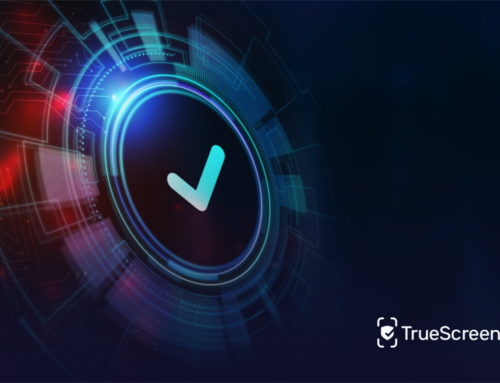In the digital age, images and videos are the most powerful vehicles for delivering and transmitting value, meaning and identity in moments and on a global scale.
In this context, the digital presence of businesses, influencers, celebrities, continues to multiply and be monetized, consequently arousing, even among “ordinary” people, the desire to find their own space online .
However, the enormous value placed on visual authenticity in the digitized economy exposes everyone to a high risk of image abuse due to the spread of so-called “synthetic media,” literally “synthetic media,” also known as AI-generated media or, more commonly, as deepfake.
The zero-trust era: the lack of trust in the digitized world
The digital world is moving ever faster toward a zero-trust paradigm in which synthetic media, such as Zelensky’s famous deepfake shown in the clip below, are increasingly present and, unfortunately, increasingly difficult to distinguish from authentic content.
Meanwhile, in addition to the New text-to-image AI platforms such as DALL-E 2 (with which anyone can create photorealistic images in a matter of minutes by typing short descriptions of what they want to represent), also catch on Google’s text-to-video generators, Imagen Video and Phenaki, and the upcoming “Make-A-Video” by Meta, demonstrating how both text-to-image and text-to-video summaries are set to become ubiquitous online. So there are questions about the adequate preparedness for these new challenges, both of the private sector and the global digital economy.
It is also noteworthy that the latter actually created an overly permissive environment in which anyone can alter videos and images to deceive for personal gain. Until online platforms take steps to distinguish “synthetic media” from authentic media, users and brands will have to protect themselves by pursuing new technologies and strategies that restore trust in the digital world.
In addition, current content moderation practices on social media, where images and videos have tremendous value, They do not check for relative authenticity. To date, platforms use algorithms and manual detection to flag and remove vulgar language and images deemed offensive, but they do not take responsibility for verifying whether content is authentic or synthetic.
Containing synthetic media risks with an app
The increasing volatility and fallacy of information found online, therefore, dictates that we must have useful tools available for instant crystallization that can substantiate the authenticity and origin of the content .
Making this practice accessible to all is the mission of the company TrueScreen, which provides tools that guarantee not only authenticity but also unchangeability of media files through real-time certification with legal value .
The TrueScreen app combines the best technologies and practices in cybersecurity and puts them in the hands of even those without expertise in the field by enabling real-time certification of any content captured with a mobile device (photos, videos, screenshots, audio, chats, documents).
This innovative acquisition method makes it possible to obtain, collect, and store authentic and unchangeable content in a simple and intuitive way with an app available on iOS and Android systems: each user thus has the ability to collect certified digital evidence and share it quickly.
In fact, these files are often useful in a variety of areas to substantiate facts or events, even in front of a court of law. Therefore TrueScreen makes them indisputable evidence with extreme probative value by applying a digital seal and time stamp.





